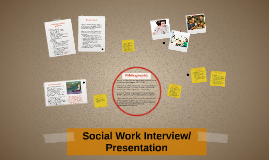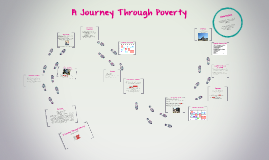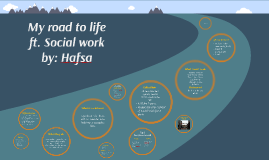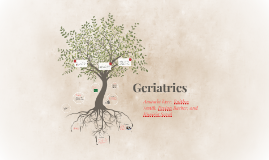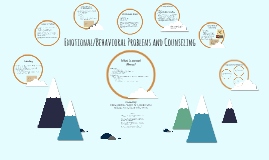Social Work Presentation
Transcript: Amanda Kerr, Kaitlyn Smith, Peyton Barber, and Kimiria Sewel Nursing Homes Hospice Clinical BSW, MSW, State Licenses Federal law (42 CFR 483. 15) requires that all skilled nursing facilities (SNFs) provide "medically related social services to attain or maintain the highest practicable resident physical, mental, and psychosocial well-being." Full time social worker with at least a B.S. degree required or "similar professional qualifications" Administration on Aging (AoA). (n.d.). Retrieved April 9, 2015, from http://www.aoa.gov/Aging_Statistics/ Aging. (n.d.). Retrieved April 13, 2015, from https://www.socialworkers.org/pressroom/features/issue/aging.asp Donahue, Michelle. (February 2014). Social Worker Job Description. Retrieved from http://seasonshospice.org/career-opportunities Healy, Lynne. (2008). International Social Work. New York: Oxford University Press. Hospice Advantage. (n.d.) Our Team. Retrieved from http:www.hospiceadvantage.net/hospice/our-team Morrow, R. (n.d.). The Hospice Social Worker. Retrieved April 9, 2015, from http://dying.about.com/od/thepalliativecareteam/f/hospice_social_worker.htm National Association of Social Work. (n.d.). Social Work Profession. Retrieved from http://socialworkers.org National Council on Aging. (2015). Standards and Accreditation. Retrieved from http://ncoa.org.national-institue-of-senior-centers National Hospice and Palliative Care Organization. (2011). Hospice Care in America. Retrieved from http://nhpco.org Nursing Home Model Job Description - National Association of Social Workers. (n.d.). Retrieved April 9 , 2015, from http://www.naswma.org/?90 Social Work Career Center. (n.d.). Retrieved April 10, 2015, from http://careers.socialworkers.org/ Social Work Policy Institute. (n.d.). Retrieved April 13, 2015, from http://www.socialworkpolicy.org/research/social-work-services-in-nursing-homes-toward-quality-psychosocial-care.html (n.d.). Retrieved April 10, 2015, from http://www.nhpco.org/sites/default/files/public/Statistics_Research/2014_Facts_Figures.pdf Complete a social history and psychosocial assessment for each resident, develop a written plan, and ensure or provide therapeutic interventions Administrative Hospitals Advocacy Educate the staff regarding role of the social worker and the psychosocial needs of residents and their families including problems of aging and disability, rights and responsibilities, how to recognize abuse, neglect, and mistreatment, and health and social services available to them Services cont. Social workers work in a variety of setting and maintain multiple jobs all while taking care of their patients. The elderly population is increasing and it is important to inform people that there will be a need in social workers within the next few years. Geriatrics Social workers address the needs of vulnerable populations which are also seen through palliative care. Areas in which social workers practice palliative and end of life care include health and mental health agencies, hospitals, hospice care, home care, nursing homes, senior centers, schools, courts, child welfare, and family service agencies, correctional systems, substance abuse programs, and employee assistance programs. They have the ability to assist the patient in some of the most difficult decisions that they have faced. The social workers must be culturally competent and knowledgeable about their own beliefs. The care that the social worker helps provide workers to support both the patient and the family and provide them with coping strategies. When confronting issues related to palliative and end of life care, social workers have a multidimensional role as clinicians, educators, researchers, advocates, and community leaders. Specifically with hospice, the social worker will assume responsibility for the development, implementation, and management of psycho-social services provided to hospice patients and families in the home care or residential setting Promote and protect resident's rights and the psychological well-being of each resident A professional social worker working with adults age 65 and over. They have graduate level education and field experience in geriatrics, gerontology, and aging They help find solutions for older adults and families that address the personal, social, and environmental challenges that come with aging. Main goal: to maintain and enhance the quality of life Hospice and nursing home locations throughout the country; policy formation with the challenges faced by social security system In 2010, there were over 5,000 hospice organizations nationwide According to the national council on aging there are over 200 accredited senior centers nationwide. Assist seniors in accessing services available to them Assist with insurance, Medicare, and Medicaid forms Do assessments to help determine support programs to help seniors remain independent Local: Bethany House part of EAMC-10 bed unit -Located in 14 States -Assist in healthcare






